Side Tables
Unlock Style and Function: Your Guide to Choosing and Styling Side Tables
REFINE RESULTS
- Black Metal Round Framed Clock Top Side TableIN STOCK

- Silver Round Glass Clock Top Side Table Moving MechanismIN STOCK

- Prunus Round Side Table with GreyBrown Marble TopGET IT WITHIN 5 DAYS

- Infinity Side Table in Matt BlackGET IT WITHIN 5 DAYS

- Cross Square Metal Side Table with Glass TopGET IT WITHIN 5 DAYS

- Cross Round Metal Side Table with Smoked Glass TopGET IT WITHIN 5 DAYS

- Cross Round Metal Side Table with Glass TopGET IT WITHIN 5 DAYS

- Avila Side Table With White Marble Effect Dia42x45 cmSTOCK DUE: 07/08/2024

- Avila Side Table with Brown Marble Effect Dia42x45 cmGET IT WITHIN 5 DAYS

- Avila Side Table with Brown Marble EffectGET IT WITHIN 5 DAYS

- Avila Side Table with Black Marble EffectGET IT WITHIN 5 DAYS

- Avila Side Table in White Marble Effect Dia52x40 cmGET IT WITHIN 5 DAYS

- Avila Side Table in Brown Marble Effect Dia52x40 cmGET IT WITHIN 5 DAYS

- Strington Tall Side Table in BlackGET IT WITHIN 5 DAYS

- Strington Side Table in BlackGET IT WITHIN 5 DAYS

- Strington Side Table in Black and OakGET IT WITHIN 5 DAYS

- Strington Side Table in Black with Glass TopGET IT WITHIN 5 DAYS

- Seaford Black Metal Side Table with Black TopGET IT WITHIN 5 DAYS

- Seaford Black Metal Side Table with Oak TopGET IT WITHIN 5 DAYS

- Seaford Black Metal Small Round Side Table with Black TopGET IT WITHIN 5 DAYS

- Seaford Black Metal Small Round Side Table with Oak TopGET IT WITHIN 5 DAYS

- Alisma Round Side Table with White Marble Effect TopGET IT WITHIN 5 DAYS

- DE Dining White Side TableIN STOCK
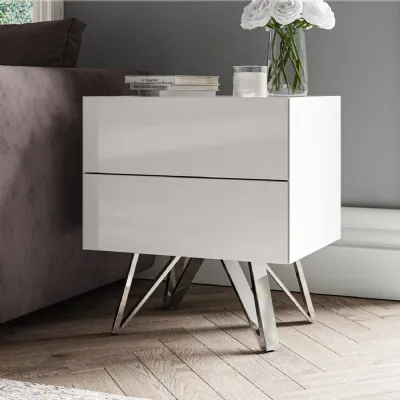
- Side TableIN STOCK
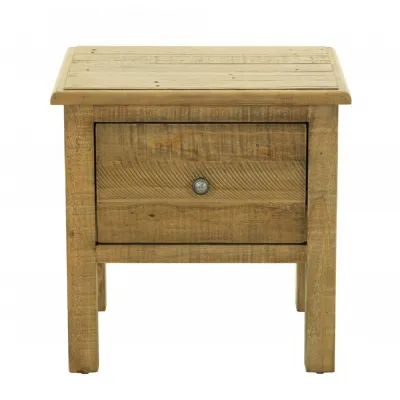
- VW Side Table YellowIN STOCK
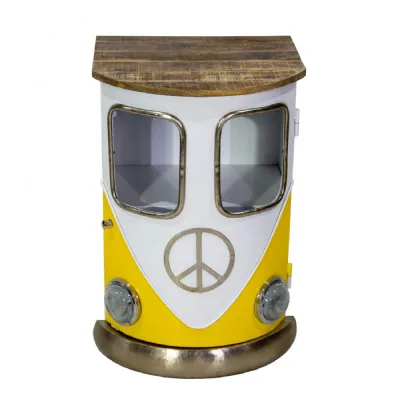
- VW Side Table RedIN STOCK
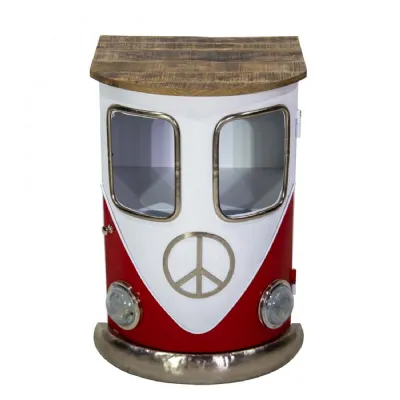
- VW Side Table BlueIN STOCK
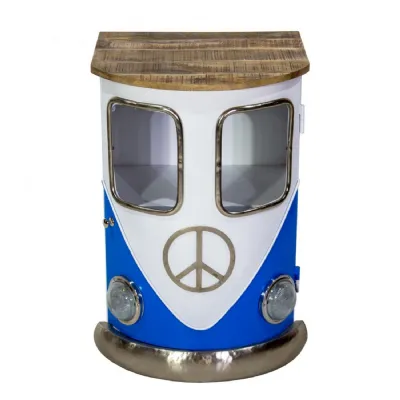
- Reclaimed Wood And Metal Side TableOUT OF STOCK

- Side Table SmokeIN STOCK
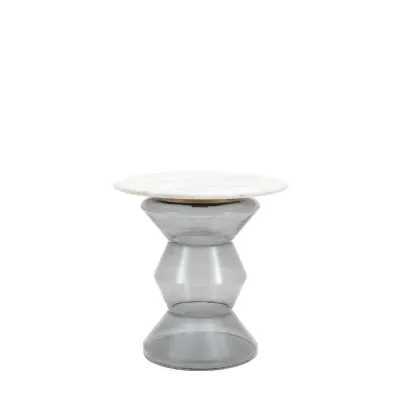
- White Marble Top Round Golden Dusk Glass Base Side TableSTOCK DUE: 19/08/2024

Why Are Side Tables and End Tables So Popular?
Due to its practicality, adaptability, and aesthetic value in contemporary houses, side and end tables are often used pieces of furniture. They offer practical surfaces on which objects such as lamps and beverages may be placed, therefore making efficient use of available space throughout a room. Homeowners may incorporate distinctive design features and complement existing décor with the variety of designs, materials, and sizes available for these tables. Furthermore, side and end tables may be used for more than just one thing. For example, they can be used as storage or to include built-in amenities like USB ports, which improve living areas' ease and functionality. They are essential for finishing off a room's appearance and creating a stylish yet practical home atmosphere.
Side Tables Come in Various Types and Styles, Each Offering Unique Characteristics and Functionalities
- End Tables: Often used interchangeably with side tables, end tables are small tables typically placed beside sofas or armchairs. They come in various shapes, sizes, and designs to complement different decor styles.
- Accent Tables: Designed to add visual interest and personality to a room, accent tables come in bold designs, colours, and materials. They serve as decorative focal points in living spaces.
- C-shaped Tables: These versatile tables have a unique C-shaped design that allows them to slide under sofas or chairs, making them ideal for use as laptop tables or snack tables.
- Nesting Tables: Sets of multiple tables that can be stacked together or used individually. Nesting tables provide flexibility and can be arranged in different configurations to suit different needs.
- Pedestal Tables: Featuring a single central support or pedestal, these tables often have a round or oval top. Pedestal side tables are elegant and space-saving.
- Tray Tables: Side tables with removable trays that can be used for serving drinks or snacks. The trays can also be detached and used separately if needed.
- Mid-Century Modern Tables: Inspired by the design aesthetics of the mid-20th century, these tables feature clean lines, organic shapes, and minimalist forms. They often use materials like wood and metal.
- Industrial Tables: Characterized by raw and rugged materials such as reclaimed wood and metal accents. Industrial side tables have a utilitarian and rustic appearance.
- Traditional Tables: Classic side tables with ornate details, rich finishes, and decorative elements. They exude elegance and sophistication, perfect for formal living rooms or traditional settings.
- Modern and Contemporary Tables: Sleek, minimalist designs with clean lines and innovative materials like glass, acrylic, or polished metals. These tables are ideal for modern interiors.
- Outdoor Tables: Designed specifically for outdoor use, these tables are made from weather-resistant materials such as teak, aluminium, or synthetic wicker. They are durable and withstand outdoor elements.
These are but a handful of the many varieties and designs of side tables that are offered at Home Living. To pick the ideal side table for your house, take into account the intended purpose, the overall style of your room, and the required functionality.
FAQs
Q. What distinguishes an end table from a side table?
A. Although the terms "side table" and "end table" are sometimes used synonymously, a side table is generally any small table that is put next to furniture, while an end table is positioned especially at the end of a couch or next to an armchair.
Q. How do I choose the right size side table for my space?
A. When choosing a side table, consider the height of the surrounding furniture. The table should ideally be within a few inches of the height of the seating area. Also, ensure the table's width complements the space without overcrowding.
Q. What are the best materials for side tables?
A. The best material for a side table depends on your style preferences and durability needs. Common materials include wood (like oak, walnut, or mahogany), metal (such as steel or brass), glass, and acrylic. Each material offers unique aesthetics and functional benefits.
Q. How can I style a side table to enhance my decor?
A. To style a side table effectively, consider using a combination of decorative items such as lamps, vases, books, or candles. Add personal touches like photos or artwork to create a visually appealing vignette. Mix textures, heights, and colours for a balanced look.
Q. What are some creative ways to use side tables in different rooms?
A. Side tables are versatile and can be used in various rooms. In the living room, they can hold drinks and snacks or serve as a display area. In bedrooms, they function as nightstands for lamps and bedtime essentials. In-home offices, provide extra surface space for work-related items.

 SEARCH
SEARCH
 sales@
sales@